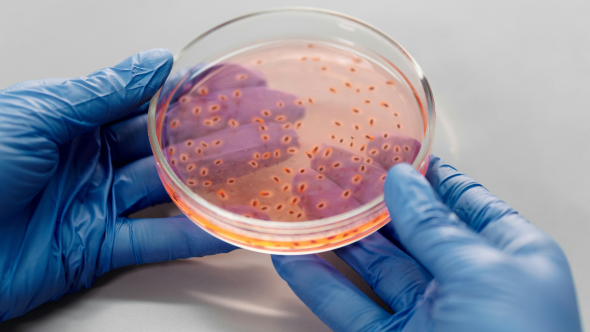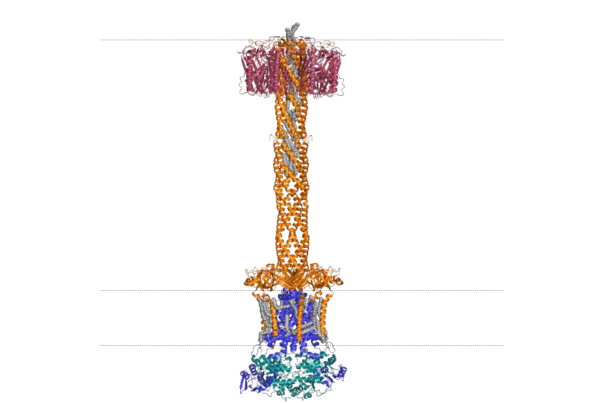The study of Brucella is one of the areas of microbiology in which UNamur research teams have specialised for more than twenty years. This pathogenic bacteria infects livestock, causing Brucellosis, a disease that can be transmitted to humans through the consumption of unpasteurised dairy products, contact with infected animal tissue or inhalation. It is one of the most widespread zoonoses in the world.
A catalogue of weaknesses
Over the years of research, the team led by Professor Xavier De Bolle, Professor in the Department of Biology, member of the Microorganism Biology Research Unit (URBM) at the University of Namur and investigator at the WEL Research Institute, has been able to establish a kind of “catalogue” of Brucella's weaknesses.
There are millions of species of bacteria. It is therefore impossible to study them on a case-by-case basis. However, they have similar behaviours and functions, which is why a specific bacterium is considered the model: Escherichia coli (or E. coli), an intestinal bacteria found in warm-blooded organisms. Discovered in 1885, it has been the subject of numerous studies and has therefore become a reference in scientific literature.
A bacterium such as E. coli or Brucella is like an onion with only two layers (inner and outer membrane) and a central element (the cytoplasm) in which the organism produces everything it needs. It also exports elements to the outside, particularly lipids. However, these processes are still poorly understood, even for E. coli. Nevertheless, they represent an interesting avenue to explore to reach the heart of the pathogenic bacteria.




